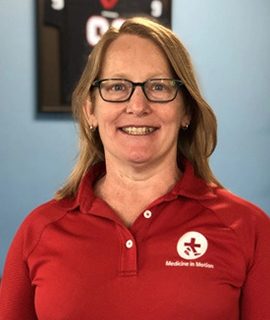Understanding the Aging Shoulder
The shoulder joint is a marvel of engineering, providing a wide range of motion to your arm. It’s a ‘ball-and-socket’ joint, where the humerus (upper arm bone) fits into the scapula (shoulder blade) like a ball in a socket.
However, as we age, our shoulder joint, like all parts of the body, undergoes changes. Cartilage, the smooth material that cushions the joint, wears away, leading to arthritis. Aging also affects the rotator cuff, a group of muscles and tendons that stabilize the shoulder. Overuse or injury can lead to rotator cuff tears, a common condition in older adults.

Common Shoulder Conditions in Older Adults
Arthritis and rotator cuff tears are just two examples of shoulder conditions that can occur as one ages. Other common conditions include frozen shoulder and shoulder impingement. Understanding these conditions can help you manage shoulder pain effectively.
I recommend reading up on these conditions and consulting with a healthcare professional if you’re experiencing persistent shoulder pain. This will help you take the right steps towards managing your shoulder health as you age.
Common Causes of Shoulder Pain in Older Adults
Shoulder pain in older adults can result from a variety of conditions. The most common ones include osteoarthritis, rotator cuff injuries, frozen shoulder, and bursitis and tendonitis.
Osteoarthritis of the Shoulder
Osteoarthritis is a degenerative joint disease that typically affects older adults. It occurs when the cartilage that cushions the ends of the bones in your shoulder joint gradually wears away, causing pain and stiffness.
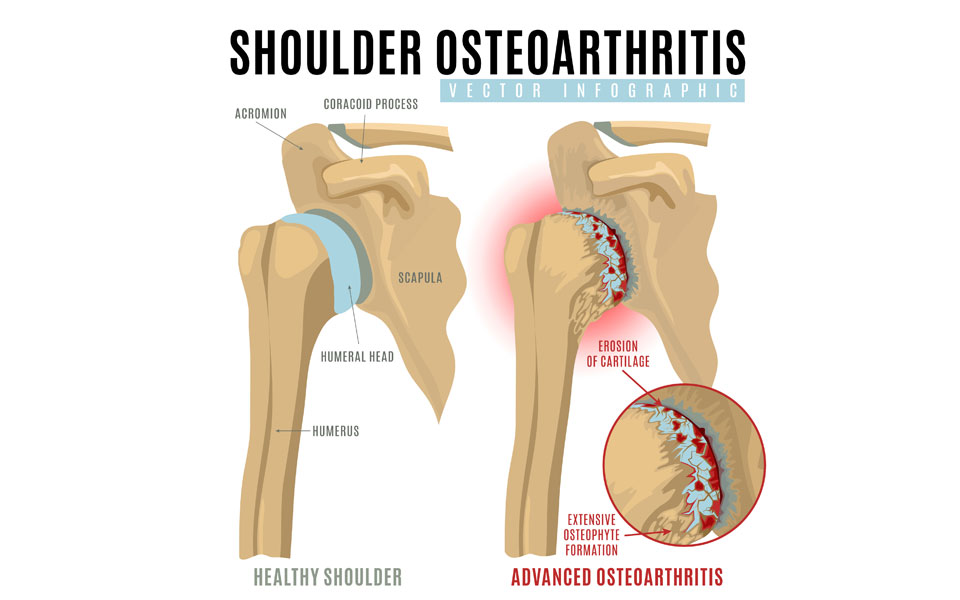
Rotator Cuff Injuries
The rotator cuff, a group of muscles and tendons that surround the shoulder joint, can suffer injuries due to age-related wear and tear. This can lead to pain and reduced mobility.
Frozen Shoulder
Frozen shoulder is a condition characterized by stiffness and pain in your shoulder joint. It is more common in people over the age of 50 and in those with certain medical conditions like diabetes.
Bursitis and Tendonitis
Bursitis and tendonitis are inflammations that can cause significant shoulder pain. Bursitis affects the small, fluid-filled sacs (bursae) that cushion the bones, tendons, and muscles near your shoulder joint, while tendonitis affects the tendons connecting muscle to bone.
Symptoms and Diagnosis of Shoulder Problems
Recognizing the early signs of shoulder problems is crucial, particularly for those over 50. Some common symptoms include persistent pain, limited range of motion, numbness, or weakness. If these symptoms are left unchecked, they can significantly impact your daily activities and overall quality of life. Mayo Clinic provides an exhaustive list of potential shoulder problems.
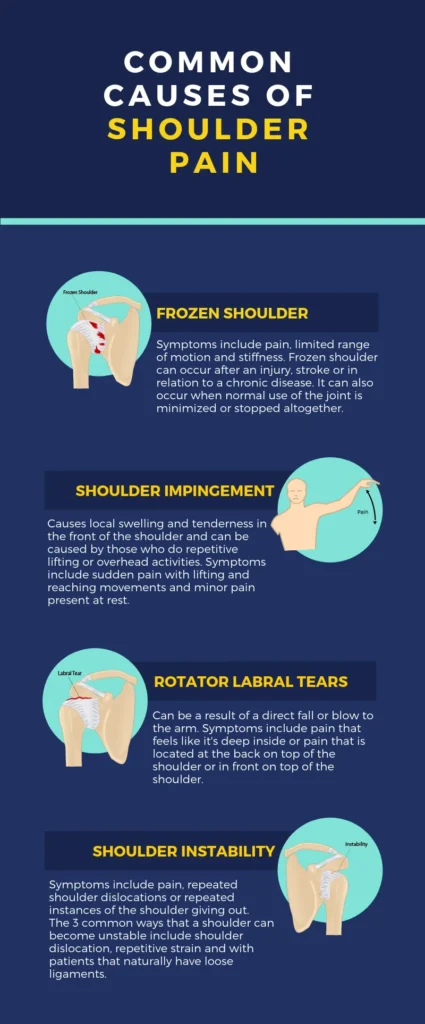
The Importance of Early Diagnosis
Early diagnosis of shoulder problems can prevent them from worsening and causing further damage. It enables the initiation of treatment plans that can alleviate pain and restore shoulder function. According to the National Library of Medicine, early intervention is key in managing shoulder pain effectively.
Medical Tests and Procedures for Diagnosing Shoulder Pain
A variety of medical tests and procedures aid in diagnosing shoulder problems. These can include physical examinations, X-rays, MRI scans, or ultrasound. These diagnostic tools allow doctors to assess the condition of your shoulder and recommend suitable treatments. OrthoInfo offers detailed information about these procedures.
Non-Surgical Treatment Options for Shoulder Pain After 50
Shoulder pain can become a common complaint as we age, but surgery isn’t the only solution. There are numerous effective non-surgical treatment options available.
Physiotherapy and Exercises
Physiotherapy is a key component of managing shoulder pain. A qualified physical therapist can provide exercises tailored to your needs, which can help improve flexibility and strength, reducing pain and preventing further injuries.
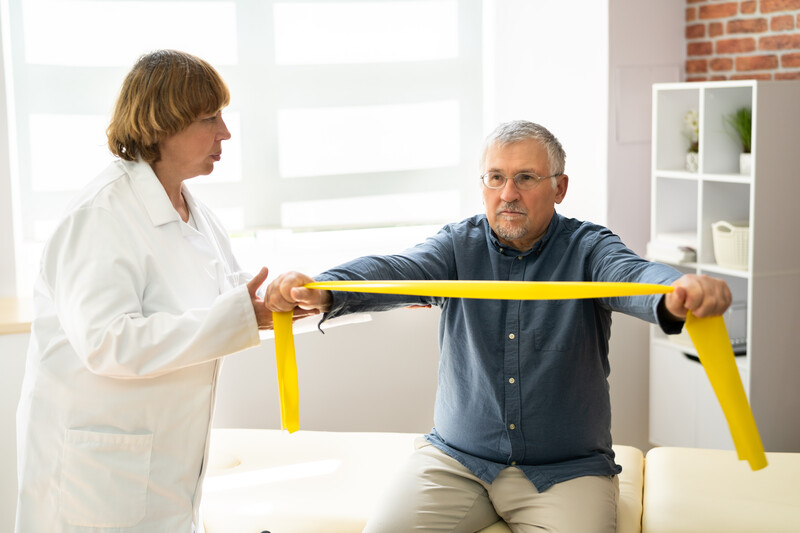
Pain Medication and Anti-inflammatory Drugs
Over-the-counter pain medications and anti-inflammatory drugs can also provide temporary relief. It’s important to use these responsibly and consult your doctor for advice, especially considering potential interactions with other medications. The FDA provides a guide on the safe use of these drugs.
Lifestyle Modifications and Home Remedies
Simple lifestyle changes can significantly impact shoulder pain. Regular exercises, maintaining a healthy weight, and sleeping positions can all help. Home remedies such as ice packs and heat therapies can also provide relief. The Mayo Clinic offers useful tips on managing pain at home.
It’s crucial to remember that everyone’s situation is unique. A combination of treatments may be required to effectively manage your shoulder pain.
When Surgery Becomes Necessary
If you’re over 50 and experiencing persistent shoulder pain, it’s essential to understand when surgery might be necessary. Non-surgical treatments like physical therapy or medication often alleviate symptoms. However, when these methods fail to improve your condition, your doctor may recommend surgical intervention.
Different Types of Shoulder Surgeries
There are various shoulder surgeries available, tailored to your specific condition. These include rotator cuff repair, shoulder arthroscopy, and shoulder replacement.
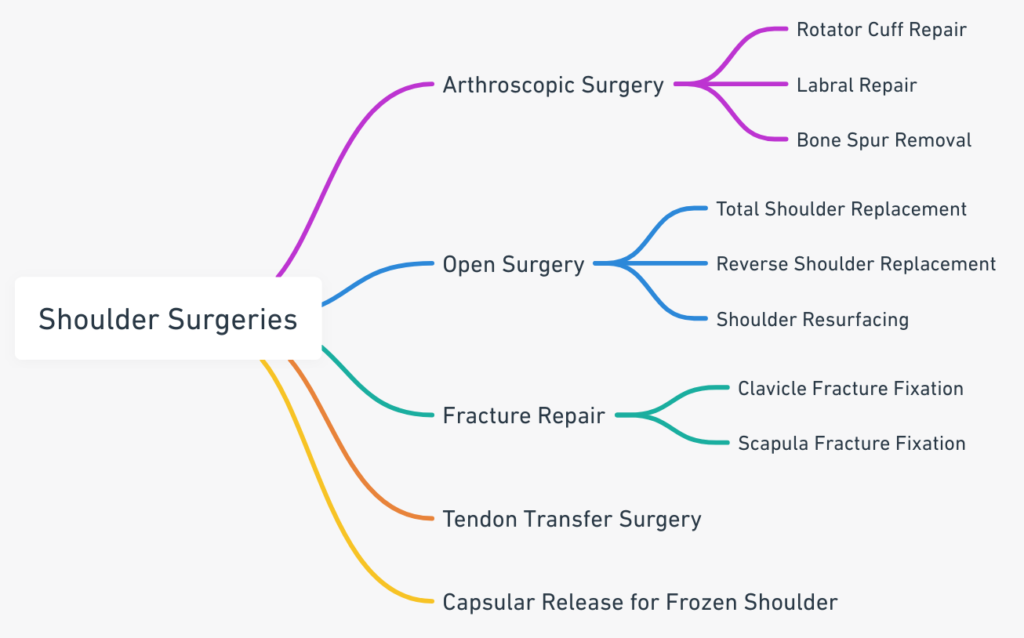
Risks and Benefits of Surgical Intervention
Shoulder surgery, like any surgical procedure, comes with potential risks and benefits. While surgery can provide significant pain relief and improved function, it also carries a risk of complications, such as infection or nerve damage. It’s crucial to consider these factors when deciding on surgery.
Post-Surgery Recovery: Healing Your Shoulder
Shoulder surgery is often the answer to long-term relief from shoulder pain, particularly in people over 50. The healing process is crucial to regain strength, mobility, and function in your shoulder. The body uses its resources to repair tissue damage, resulting in inflammation and pain, which gradually subsides as the shoulder heals. Johns Hopkins Medicine offers comprehensive insights into the postoperative process.
Rehabilitation and Physical Therapy
Physical therapy is indispensable in the recovery journey. It helps restore shoulder movement and strength through various exercises and stretches. A licensed physical therapist will provide a tailored program to meet your specific needs. The American Physical Therapy Association provides a wealth of knowledge on this subject.
Expected Timeline for Full Shoulder Function
The timeline for a complete recovery varies based on the type of surgery, your overall health, and the commitment to rehabilitation. Generally, full function can return between 6 months to a year. The National Institutes of Health offers a more detailed timeline.
Preventing Shoulder Pain After 50
As we age, it’s common to experience shoulder pain, but it’s not inevitable. With the right approach to exercise, posture, and nutrition, you can safeguard your joints and maintain their health and function.
Exercise and Stretching
Regular physical activity is key. Research has shown that exercise can reduce pain and improve shoulder function. Incorporate strength training and stretching to keep your shoulders flexible and strong.

Maintaining Good Posture
Good posture is crucial. Mayo Clinic advises that proper alignment can prevent strain on your joints, including your shoulders. Regularly check your posture and make necessary adjustments.
Nutritional Requirements for Bone and Joint Health
Eating a balanced diet can support joint health. Nutrients like calcium, vitamin D, and Omega-3 fatty acids are essential for bone health. The NIH recommends adequate daily intake of these nutrients for adults over 50.
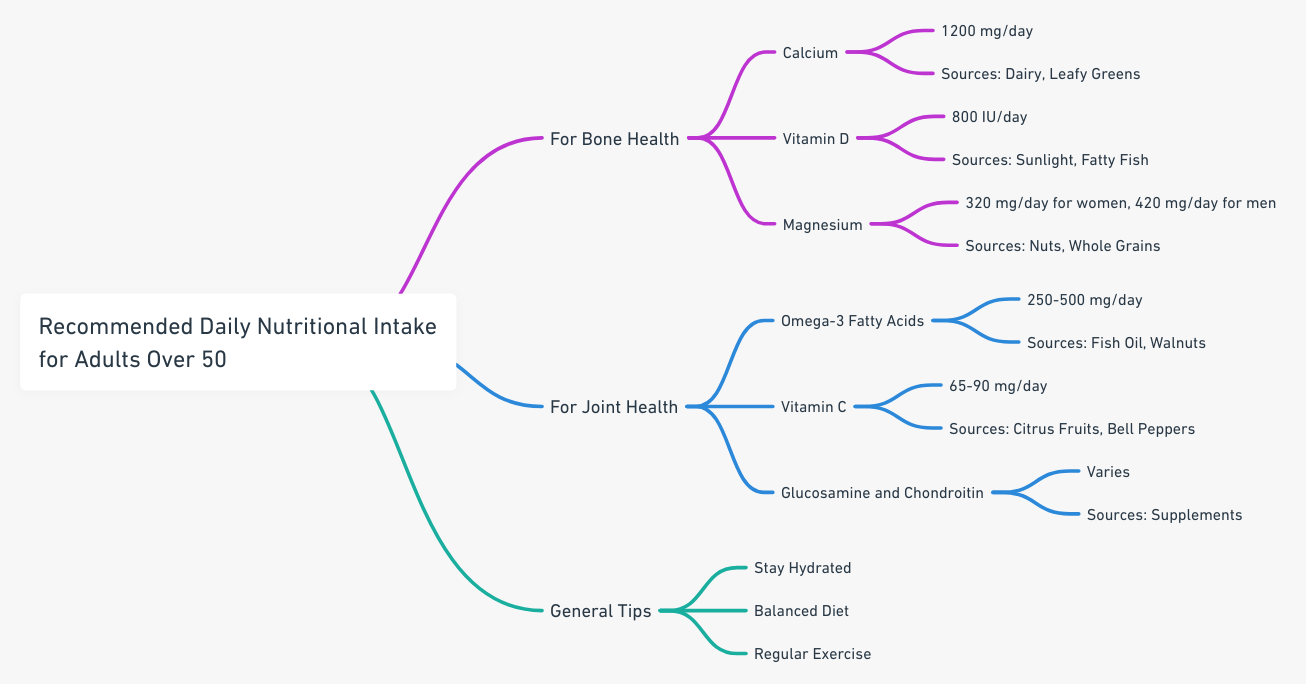
Coping Strategies for Persistent Shoulder Pain
Living with chronic shoulder pain can be a challenge, but there are ways to manage. One effective approach is pain management through cognitive behavioral techniques. This involves changing your perception of the pain and developing coping skills to improve your quality of life.
Assistive Devices and Equipment
Various orthopedic devices can provide support and alleviate shoulder pain. Shoulder braces, for instance, offer stability and reduce pressure on the affected area.
Emotional and Psychological Support
Chronic pain can lead to emotional distress. So, it’s essential to seek psychological support. Therapists can help you navigate emotional challenges and offer strategies to manage stress associated with chronic pain.
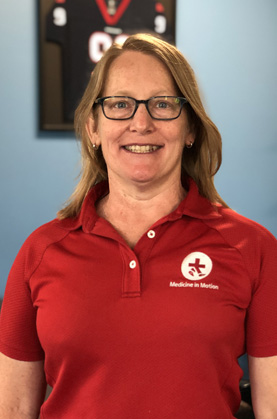
Dr. Martha Pyron is a recognized sports medicine physician and the founder of Medicine in Motion, an Austin-based practice specializing in comprehensive medical care for active individuals and athletes. An active contributor to her field, she uses her extensive experience as a former collegiate athlete to aid her patients and develop innovative care strategies. Beyond her clinical practice, Dr. Pyron is known for her involvement in the local athletic community and her commitment to promoting health and fitness.



